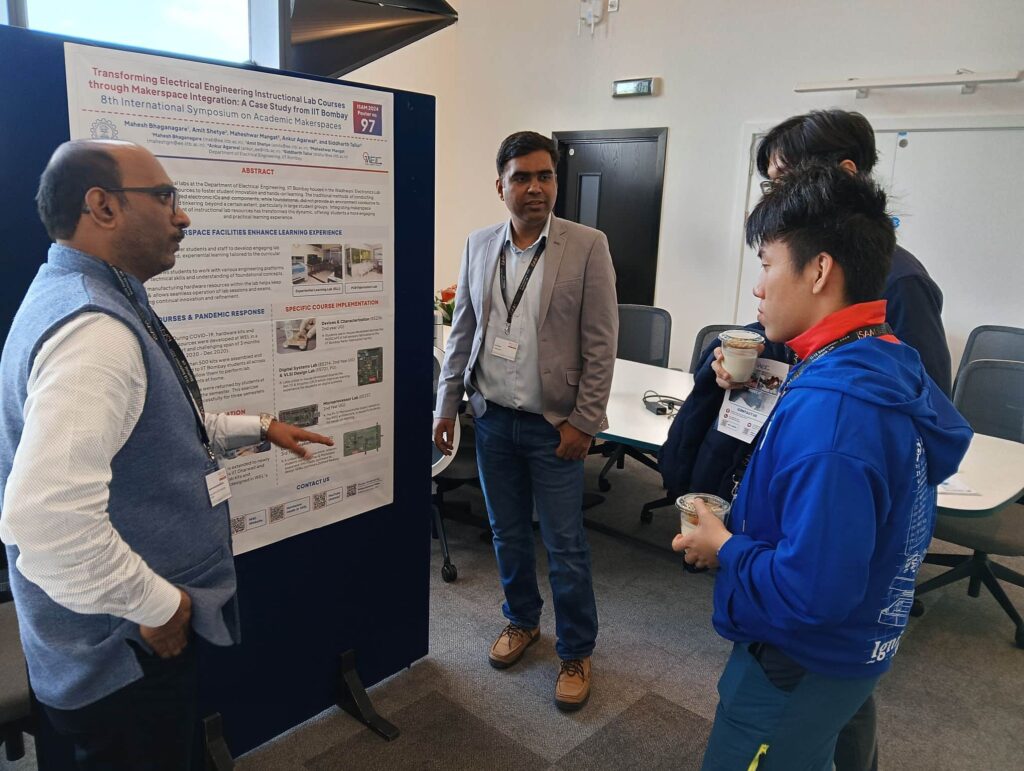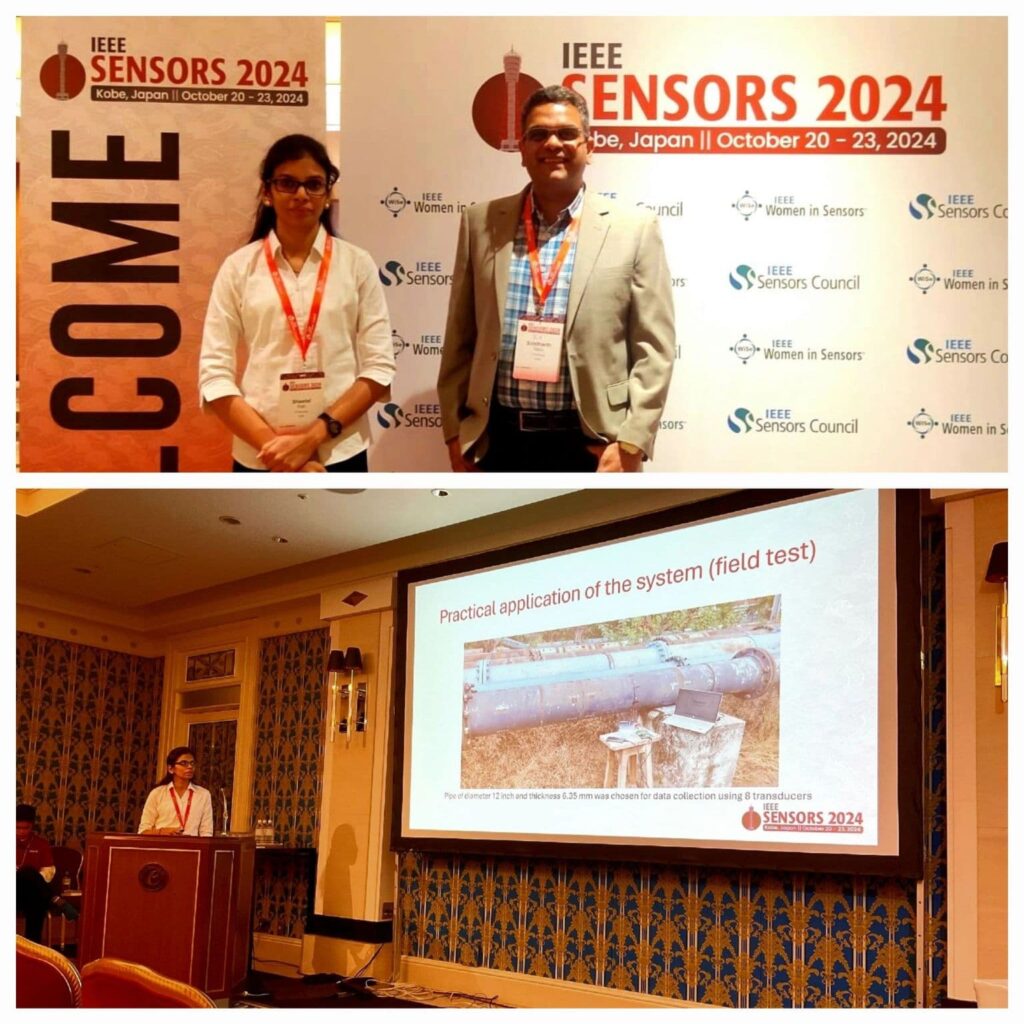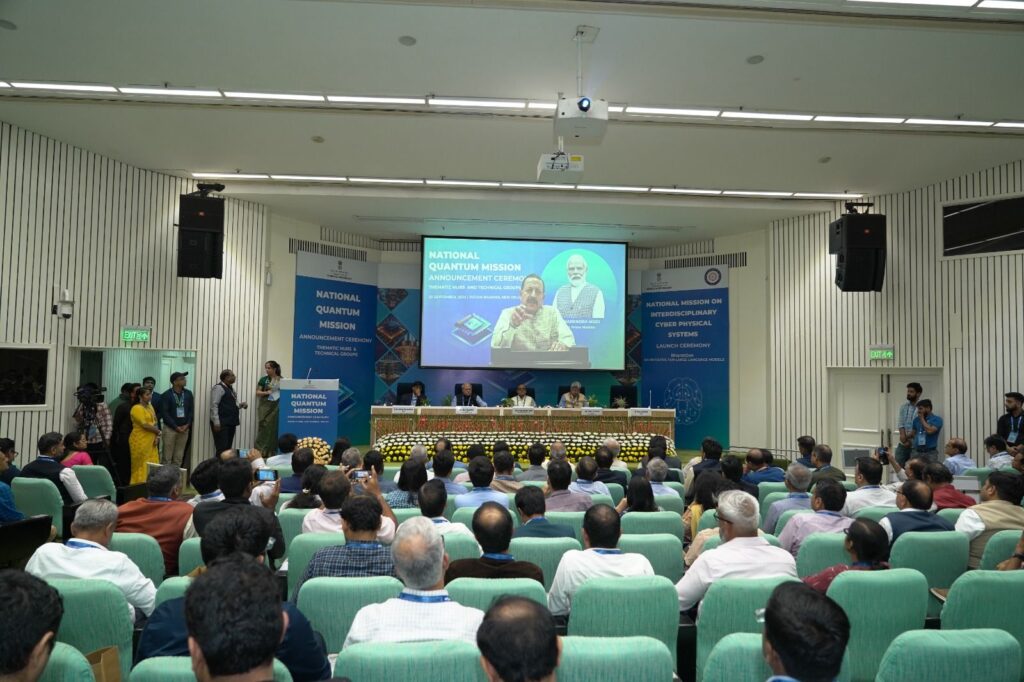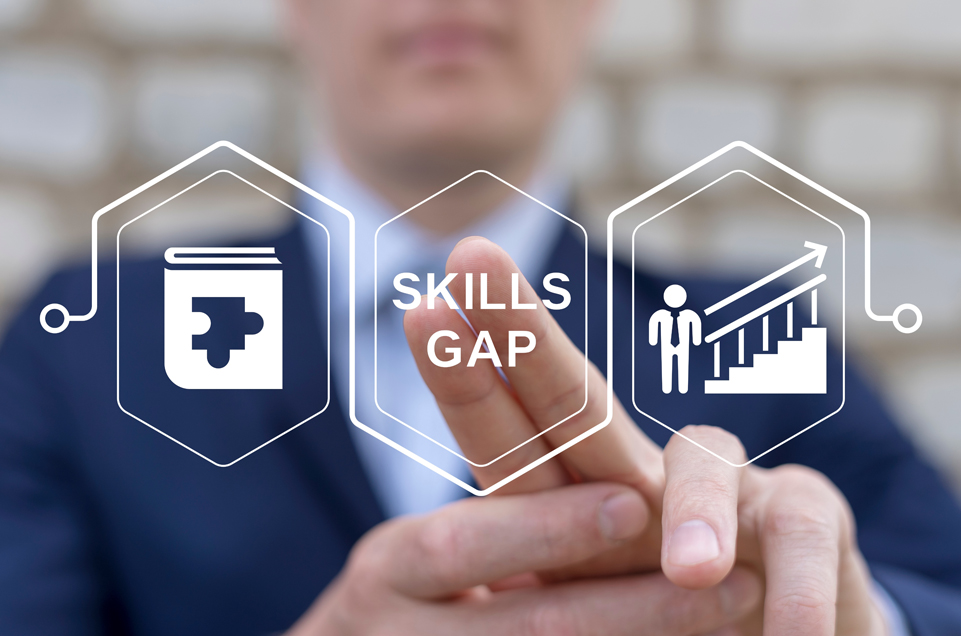At the heart of every breakthrough is a simple idea — sparked by curiosity, nurtured by opportunity, and built through hard work. This is exactly what the Wadhwani Electronics Lab (WEL) stands for. Here, innovation isn’t a buzzword. It’s a living, breathing process where students push boundaries, wrestle with challenges, and emerge not just with working prototypes but with the mindset of real engineers. Let’s step inside and meet some of the young innovators who are shaping tomorrow.
Building upon the vision of fostering innovation outlined earlier, today we take you inside the walls of the Wadhwani Electronics Lab (WEL) at IIT Bombay — where the spirit of engineering isn’t just taught, but lived. Here, young minds are navigating uncertainty, challenging assumptions, and learning that real solutions rarely come with easy answers.
What follows isn’t a showcase of polished products. It’s a glimpse into a place where students build resilience alongside circuits, where failure is as integral as success, and where the act of making itself becomes a journey of self-discovery and impact.
The Quiet Revolution: Engineering Beyond Comfort Zones
The story of WEL is not about teaching students what to think. It’s about pushing them to wrestle with how to think.
Unlike many innovation spaces where mechanical design often takes the lead — driven by the excitement of 3D printers and pre-built kits — WEL places electronics at the core. Students aren’t assembling borrowed parts; they’re architecting ideas into existence from first principles.
Inside WEL’s Electronics Design Lab (EDL) course, students design their own printed circuit boards (PCBs), debug real embedded systems, and iterate through mistakes that no instruction manual prepares them for. The projects that emerge — from programmable current sources to ultrasonic pipeline monitors — are not just impressive feats of engineering.
They are proof that real learning happens in the ambiguity — in the moments when students aren’t sure if their designs will work, and yet choose to keep building.
Stories from the Lab: Learning by Building, Breaking, and Rebuilding
1. Pushing Frontiers in X-ray Imaging
One student team at WEL recently developed a Compton Imaging setup that operates within the hard X-ray energy range, leveraging Cadmium Zinc Telluride (CZT) detectors.
What made this achievement remarkable wasn’t just the technical sophistication. It was the team’s decision to go beyond assembling modules — fabricating precision systems and troubleshooting issues that demanded real engineering judgment, not just technical compliance.
2. Innovation at ISAM 2024

At the International Symposium on Academic Makerspaces (ISAM) 2024, the WEL team didn’t simply present prototypes. They shared a different way of thinking — one where hands-on electronics design is not an afterthought but the beating heart of innovation education. Their work highlighted how experiential labs integrated into coursework can empower students to internalize core principles, rather than skim across the surface of pre-built solutions.
3. Sheetal Patil’s Work in Guided Ultrasonics

Ph.D. student Sheetal Patil’s project on guided wave ultrasonics for pipeline health monitoring, presented at IEEE Sensors 2024, is another testament to this spirit. Her work addresses the critical issue of early pipeline failure detection — an engineering challenge that blends physics, electronics, and real-world impact. It’s the kind of innovation that could only emerge from an environment where students are allowed — and expected — to engage with messy, imperfect realities.
Learning Without Templates
Prof. Siddharth Tallur, Faculty-in-Charge at WEL, reflects it best:
“Real engineering isn’t about finding the perfect answer from the start. It’s about moving forward without it — failing, learning, adjusting, and building anyway.”
At WEL, there is no template for what students should build.
The only template is for how they learn:
- Start with a problem, not a kit.
- Design with intent, not shortcuts.
- Fail thoughtfully, not carelessly.
- Build judgment, not just projects.
This mindset — one that embraces uncertainty — is increasingly rare. Yet it is exactly what the future demands.
As global challenges grow more complex, the engineers who will make a difference are not the ones trained to solve well-defined problems. They are the ones comfortable navigating undefined terrain — exactly the terrain WEL prepares them for.
From Local Projects to National Impact

The ethos nurtured inside WEL is beginning to ripple outward:
- National Quantum Mission (NQM): WEL’s role in driving Quantum Sensing & Metrology under India’s new T-Hub initiatives marks its entry into shaping next-gen quantum technology training.
- IInvenTiv 2025 and National Hackathons: Whether through deep-tech showcases or national-level hackathon victories, WEL students are proving that rigorous learning beats flashy shortcuts.
These milestones aren’t about awards. They are markers of a deeper success: young engineers carrying forward the values of curiosity, rigor, and resilience into the world outside.
The Real Product: The Student
The true output of WEL isn’t a project or a publication.
It’s the student who leaves the lab wiser, more capable, and more human than when they entered.
| Before WEL | After WEL |
| Solves problems with known answers | Tackles problems with incomplete data |
| Follows processes | Engineers new processes |
| Avoids failure | Learns from failure |
| Builds gadgets | Builds lasting judgment |
This journey is rarely glamorous. It is often slow, confusing, and messy. But it is real.
And it is necessary.
Closing Thought: Building a Better Tomorrow, One Unfinished Project at a Time
At Wadhwani Innovation and Research and WEL, the goal is simple but ambitious:
To nurture not just great projects, but great engineers.
Young innovators are not being prepared to succeed in a controlled lab setting. They are being prepared to confront a world that is unpredictable, messy, and full of imperfect information — and still find a way to create, solve, and contribute meaningfully.
Maybe that’s the real blueprint for building a better tomorrow:
Not perfect students, but prepared ones.



